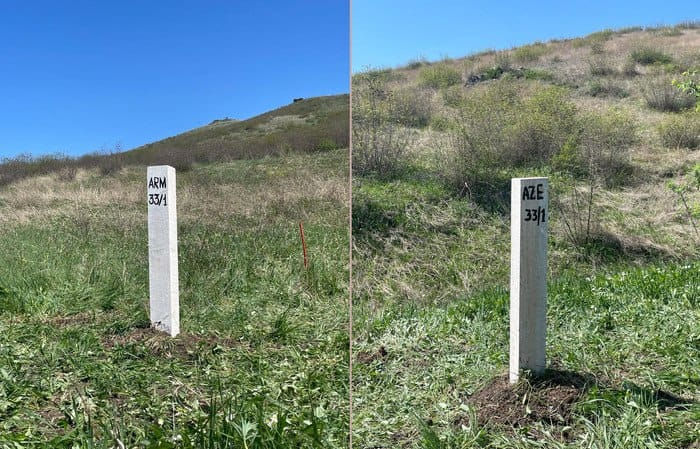Armenian Government Says It Has Already Successfully Installed 35 Border Markers in Tavush Despite Residents' Plea to Stop
- The Armenian Report Team

- Apr 29, 2024
- 1 min read

The Armenian government confirmed the installation of 35 border markers in the Tavush province as of Monday. This action follows the recent approval of border delimitations between the leaders of the two countries.
According to official sources, the installation of these markers is based on geodetic measurements conducted along the border. The progress signifies a significant milestone, with more than half of the planned work already completed. The Armenian government emphasized the ongoing collaboration between expert groups from both nations in this endeavor.
However, the installation of border markers has sparked controversy, particularly in Tavush border villages. Since April 20, residents have been engaged in protests, blocking roads and highways. Their primary concern revolves around the potential implications of the new borders, fearing displacement and loss of homes and lands.
The protests reflect deep-seated anxieties within the affected communities, who view the border demarcation as a threat to their livelihoods and security. Many fear being uprooted from their ancestral lands and are demanding greater transparency and consultation in the process.
The government's efforts to demine and establish new borders have encountered resistance from locals, highlighting the complex socio-political dynamics at play. As tensions simmer, authorities face mounting pressure to address the concerns of affected residents and ensure a fair and inclusive resolution to the border issue.
The situation shows the challenges local residents are facing due to their government’s decisions without the people’s consent.
As the installation of border markers progresses, it is essential for stakeholders to engage in constructive dialogue and prioritize the well-being of affected communities. Only through transparent, participatory processes can lasting solutions be achieved, fostering stability and prosperity in the region.






Comments